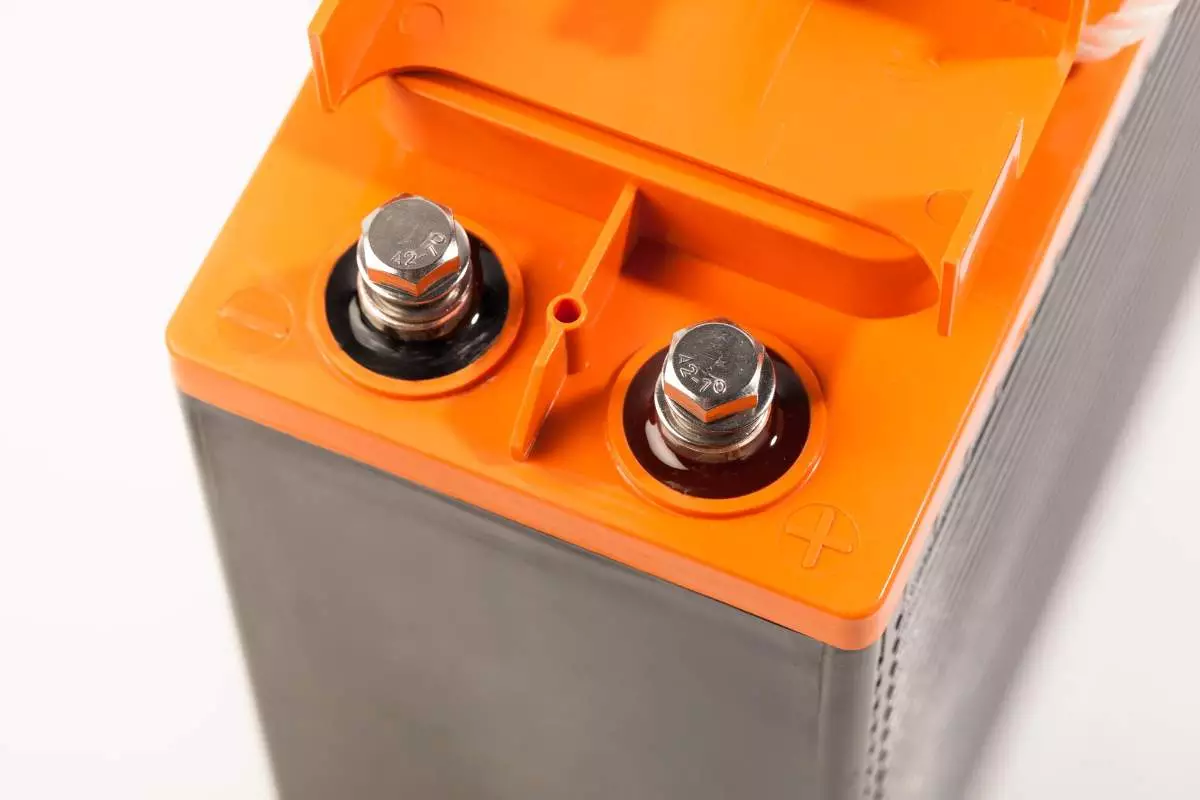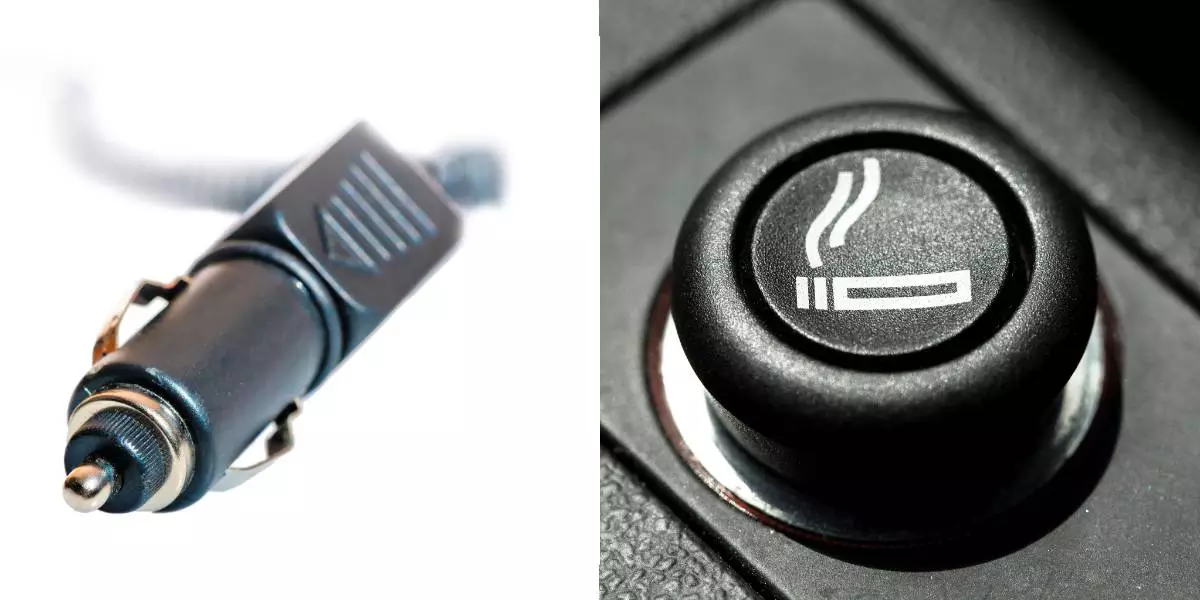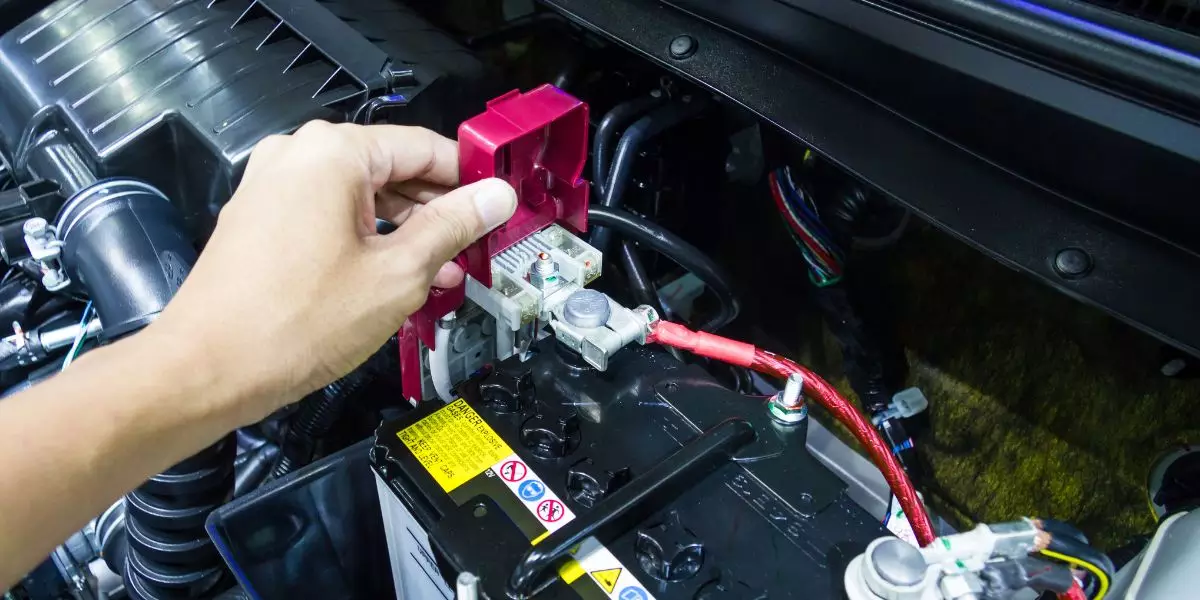At first glance, it’s easy to assume that all you have to do is plug a battery into your boat to use it. Yet, most people forget that batteries give off harmful gasses, even so-called ‘sealed’ battery types. So, do marine batteries need ventilation?
Yes, marine batteries require ventilation, even sealed types like AGM and gel batteries. That is because all marine batteries produce hydrogen as a natural byproduct of the charging process. Hydrogen is a highly explosive gas when it collects into high-enough concentrations. So to prevent explosions, fires, and the injuries they cause, your boat’s battery compartment must be sufficiently ventilated.
Here’s everything you need to know about why venting your marine batteries is so crucial.
Do You Have To Vent Marine Batteries?
Yes, you have to vent marine batteries, especially if you’re using lead-acid batteries.
Simply put, marine batteries produce potentially harmful gasses as a side effect of the charging process. Of course, some batteries give off more than others, but the same generally happens with all batteries.
To help you understand all of this, let’s do a quick recap of the different types of marine batteries.
Marine Batteries: Types and Differences
There are three types of marine batteries to be aware of:
- Lead-Acid Batteries: The most affordable and, therefore, the most common marine battery type. It works by suspending lead plates in a sulphuric acid solution called the electrolyte. This type of battery is a ‘flooded’ type, not a ‘sealed’ type. That’s because it has openings for you to pour water inside when necessary.
- Absorbed Glass Mat (AGM) Batteries: AGM batteries also have electrolyte, but it’s saturated in a fiberglass mat instead. That’s why it’s called an ‘absorbed glass mat’ battery. This battery type is sealed with no openings like those on lead-acid batteries.
- Gel Cell Batteries: This type of battery is somewhat similar to AGM batteries, though the electrolyte is saturated in gel cells instead. This type of battery is also sealed.
Sealed vs. Unsealed Batteries
As you can see from the descriptions above, AGM and gel batteries are sealed, while lead-acid batteries are not. That means gasses can easily escape lead-acid batteries, though that’ll happen a lot less with the other two types of batteries.
What difference does that make?
Well, as you’ll see in the next section, it makes a very significant difference because marine batteries generate gasses that must find a way out.
What Gasses Does A Battery Give Off?
As part of the charging process, each type of marine battery listed above generates two natural byproducts in gas form: hydrogen and oxygen. In the case of overcharging, they can produce hydrogen sulfide as well.
Hydrogen is lighter than air, so it can move around pretty quickly. But more importantly, hydrogen becomes highly explosive once it builds up into a concentrated pocket of gas. All it takes is a tiny spark to ignite that hydrogen pocket that’s formed in the battery compartment (assuming it’s not vented correctly).
The same is also true for hydrogen sulfide. That is a worse byproduct of your boat battery because it’s both explosive and toxic as well. Like hydrogen, all it takes is a tiny spark to ignite it. Plus, it can be harmful to your health if you breathe it into your lungs.
Unfortunately, there are plenty of sources of sparks on a boat. For example, a brushed electric motor turning on or even the tiniest short circuit from the battery can cause an explosion leading to boat damage, fires, injury, and death.
Remember: lead-acid batteries are not sealed. That means the hydrogen it produces will flow out continuously. AGM and gel batteries, on the other hand, are indeed sealed.
So, what happens to the hydrogen and oxygen produced inside a sealed battery?
Well, those kinds of batteries also have built-in one-way pressure-release valves. So when the buildup of gas inside the battery gets strong enough, it’ll flow out through those valves automatically.
As a result, the risk of an explosion is reduced because those pressure-release valves prevent the hydrogen from building up so quickly.
What Happens If You Don’t Vent Marine Batteries?
Let’s be clear on one thing: all types of batteries must be vented, regardless of whether they’re lead-acid, AGM, or gel cell batteries. That is because each type of marine battery produces hydrogen gas as a natural byproduct. Plus, if any overcharge and become overheated, they can also produce hydrogen sulfide.
The only difference is how those batteries release that gas. Lead-acid releases it continuously, while AGM and gel cells contain the gas inside until it is released by their built-in valves.
So, what happens if you don’t vent your marine batteries or if you don’t provide them with enough ventilation?
Well, here are some likely outcomes:
1 An Explosion Onboard
So far, we’ve highlighted that hydrogen (and even hydrogen sulfide) are both highly explosive gasses. Because of that, these gasses must never be allowed to reach high-enough concentration levels where even the tiniest spark could ignite them.
Having a well-ventilated space for your marine batteries will allow those gasses to dissipate into the air outside of the battery compartment. That way, those gasses would never reach a concentration level high enough to be of any danger to anyone.
Remember: it doesn’t matter if your batteries are lead-acid, AGM, or gel cells; they all require ventilation. However, lead-acid batteries certainly need more ventilation than other battery types.
2 Injuries And Death
Explosions will lead to boat damage, costing you a lot of money to repair. But more importantly, they can also lead to injuries and death.
See, it’s one thing if the explosion occurs while no one is on the boat. At least, in that case, no one is around to get hurt.
But if you or any passengers are onboard when it happens, any flying boat pieces or shrapnel could cause severe injuries and potentially death.
Those risks are also much higher if secondary explosions are triggered. Remember: your boat also carries other fuels and potentially flammable materials that can also burn and explode.
3 Gas Poisoning
Hydrogen is explosive, but it’s not toxic. However, hydrogen sulfide is indeed a toxic gas that can cause illness or worse. A lack of ventilation can cause this gas, which smells like rotten eggs, to seep into your boat’s cabins.
If you or your passengers fail to recognize that you’re breathing in this gas, your continued exposure to it could cause you to fall sick due to gas poisoning.
Final Thoughts
So, as you can see, it doesn’t matter what type of marine battery you’re using. However, having a battery compartment that’s appropriately ventilated is not only beneficial, but it’s crucial. That simple feature could prevent fires, explosions, and injuries to you or anyone onboard your boat.




